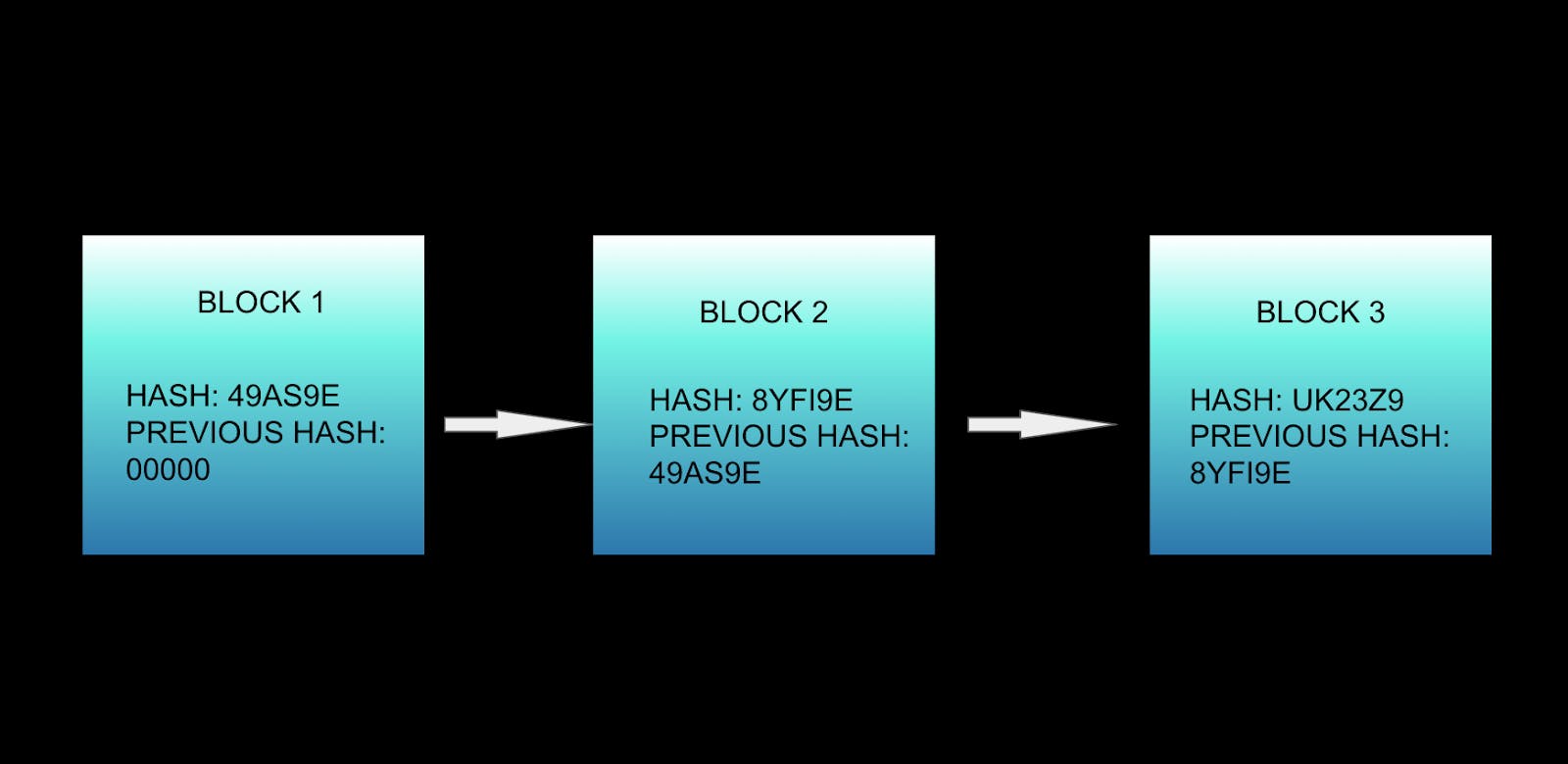Why is Data on the Blockchain Special?
Blockchains, crypto and Web3 have had a dominant place in the conversation around the tech industry for almost a decade . From the meteoric rise of cryptocurrency prices in 2020 and 2021 to the collapse of notable entities like 3AC, FTX and Luna, Web3 has also been a significant part of the global zeitgeist. But between all the narratives and market cycles, it’s worth taking a step back to consider the basics. What is a blockchain? What is a blockchain network? Why is this technology worth building on in the first place? What makes the data on the blockchain special?
Several other articles will cover each of these questions in detail, but we’re going to focus on the last one first. Where does blockchain fit into the wider data landscape in tech? Let’s dive in.
What is a Blockchain?
At its core, a blockchain is just a database. A database is simply a collection of data that is organized and stored electronically and can be accessed by users who can retrieve and manipulate that data in a structured way. A blockchain is a special kind of database with two specific properties: first, the data is added in chunks, otherwise known as blocks. These blocks are time-stamped for the time period that they are added, so there is a time-component to the data. Second, the blocks are linked together in a chronological order via a technique known as hashing. Hashing means that data from a block is compressed into a fixed size of characters known as a hash, and the hash is included in the next block of data. A blockchain isn’t any more complicated than that. Let’s dive deeper into how these two properties make blockchains special.

Blockchain Consensus and Block Production
In order to add new blocks of data to a blockchain, a network of computers will communicate through the internet to come to an agreement on the order and content of a new block of data. A consensus mechanism defines the rules and conditions that the network of computers must follow in order to properly participate in adding a new block. Consensus dictates that the hash from the previous block must be included into a new block of data, which serves to link blocks together. The innovation behind Bitcoin was the creation of a consensus algorithm whereby computers can come to an agreement on the content of a block that extends the current block, without the computers having to trust each other. The consensus mechanisms that are most commonly used today (such as Proof-of-Work and Proof-of-Stake) lead to block production that is decentralized, resistant to downtime and difficult to attack. Decentralized means that the creation of new blocks is not dependent on any one computer in a blockchain network. Resistance to downtime means that new blocks can be created even if a significant number of computers participating in consensus are unable to communicate with each other. Difficulty of attack means that it is technically possible to corrupt new blocks of data for a blockchain, but the rules of consensus make it extremely expensive for one to do so.
Immutability of Blockchain
A blockchain is a database where data is time-stamped, and blocks are linked via hashing. Blockchain networks follow consensus algorithms to maintain and add to a blockchain. What’s so special about those things? The magic of blockchain networks is that when a new block of data is finalized on a blockchain, it can never be removed, altered or replaced. If an individual tries to change a piece of data in a particular block, then all the hashes that are produced afterwards will be different and will not match the blocks that are maintained by the other computers in the network. If a computer tries to break the rules of consensus, it can be detected by other computers, and the misbehaving computer can be punished or excluded in some manner. This means that a blockchain network can produce high-quality data that is immutable. Immutable data is a very special property, one that doesn’t exist for other databases. For example, the database that is managed by Twitter can be changed arbitrarily by an employee or a CEO, which makes the data on Twitter fundamentally less valuable than what might be produced by an equivalent blockchain network.
What is Blockchain Data Good For?
Because data on the blockchain is immutable, and block production is decentralized, resistant to downtime and difficult to attack, blockchain data is useful for any application for which a high level of trust is required. For example, modern finance today works via a network of trusted institutions - the Federal Reserve manages the U.S. dollar, the ECB manages the Euro, banks and exchanges manage lending, borrowing and investments - the whole system works because it is difficult to attack, and there is a high level of trust. Given the immutability and trust guarantees that blockchain networks can offer, it is no surprise that an alternative financial system called decentralized finance that is built on the blockchain has exploded into prominence over the last few years. Decentralized finance applications on Ethereum have facilitated trillions of dollars of transaction volume since inception.
Blockchain networks can also facilitate applications that require a high degree of trust, such as assigning ownership of assets to individuals. There are many companies working on utilizing blockchains to add an ownership layer to video games, art or even real-estate. Blockchain networks scan also facilitate Decentralized Autonomous Organizations (DAOs) - online communities that coordinate activities via a blockchain, without the need for a trusted third party. Time will tell what the killer applications of blockchain will be but it will likely include some level of assigning trust to a blockchain network. Do you have a killer idea for an application that leverages the trust generated from a blockchain? Let the community at Saga know!